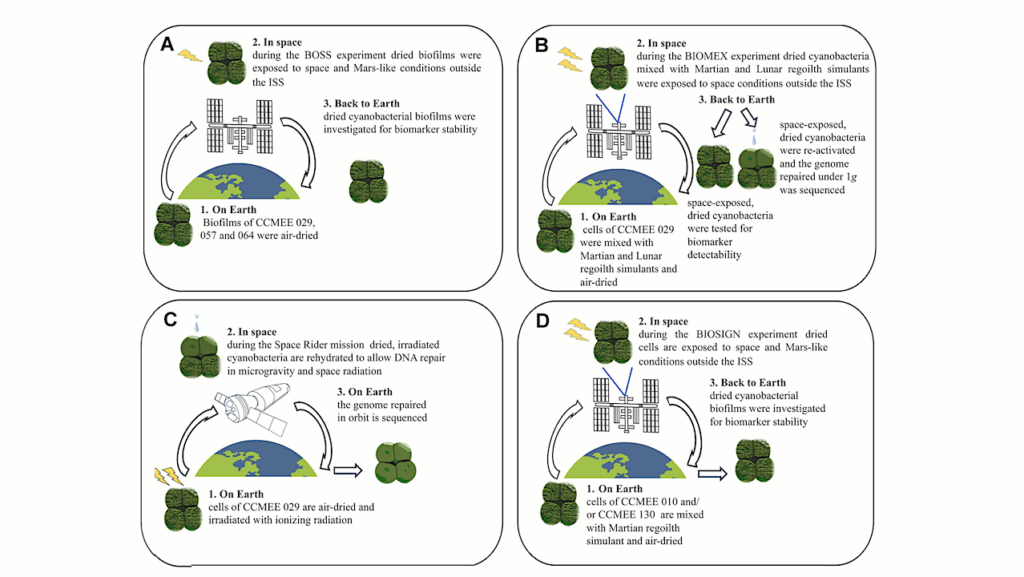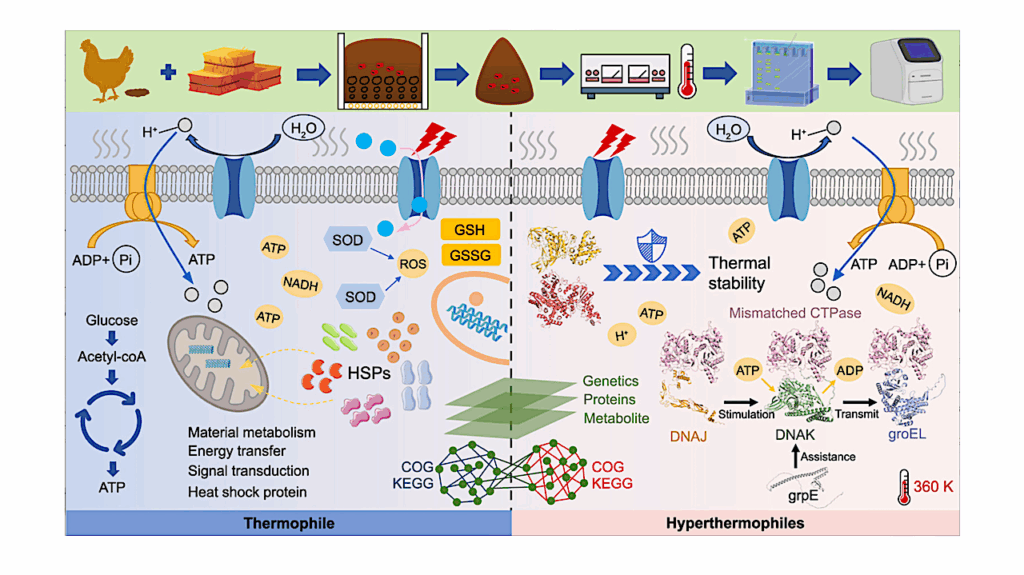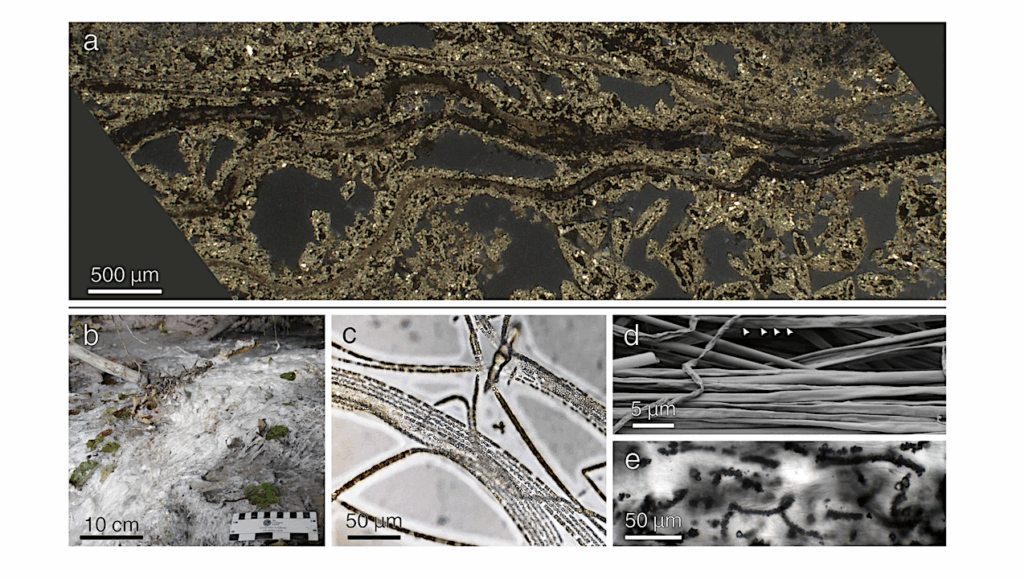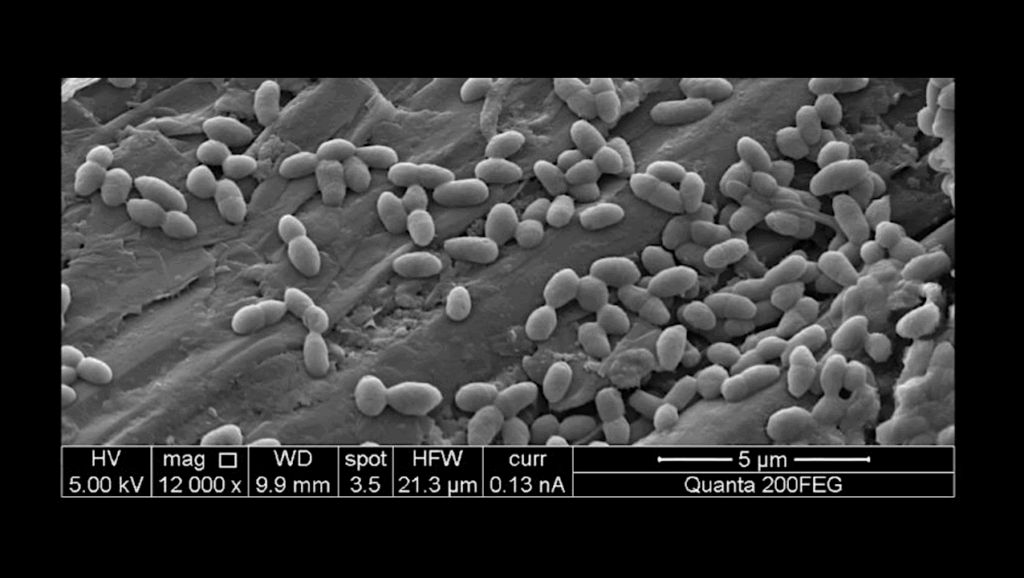How Do Tardigrades Survive Environmental Extremes?

If you have been watching the new series “Cosmos” recently then you have see Tardigrades or “water bears” featured. These creatures are remarkably resistant to a wide range of conditions that humans would consider extreme – if not deadly.
How tardigrades achieve these capabilities is still a matter of debate. A recent paper published in PLoS One describes research that examines tardigrade DNA repair and protection after exposure to radiation.
Full paper in PLoS One: Analysis of DNA Repair and Protection in the Tardigrade Ramazzottius varieornatus and Hypsibius dujardini after Exposure to UVC Radiation
Abstract: Tardigrades inhabiting terrestrial environments exhibit extraordinary resistance to ionizing radiation and UV radiation although little is known about the mechanisms underlying the resistance. We found that the terrestrial tardigrade Ramazzottius varieornatus is able to tolerate massive doses of UVC irradiation by both being protected from forming UVC-induced thymine dimers in DNA in a desiccated, anhydrobiotic state as well as repairing the dimers that do form in the hydrated animals. In R. varieornatus accumulation of thymine dimers in DNA induced by irradiation with 2.5 kJ/m2 of UVC radiation disappeared 18 h after the exposure when the animals were exposed to fluorescent light but not in the dark. Much higher UV radiation tolerance was observed in desiccated anhydrobiotic R. varieornatus compared to hydrated specimens of this species. On the other hand, the freshwater tardigrade species Hypsibius dujardini that was used as control, showed much weaker tolerance to UVC radiation than R. varieornatus, and it did not contain a putative phrA gene sequence. The anhydrobiotes of R. varieornatus accumulated much less UVC-induced thymine dimers in DNA than hydrated one. It suggests that anhydrobiosis efficiently avoids DNA damage accumulation in R. varieornatus and confers better UV radiation tolerance on this species. Thus we propose that UV radiation tolerance in tardigrades is due to the both high capacities of DNA damage repair and DNA protection, a two-pronged survival strategy.








